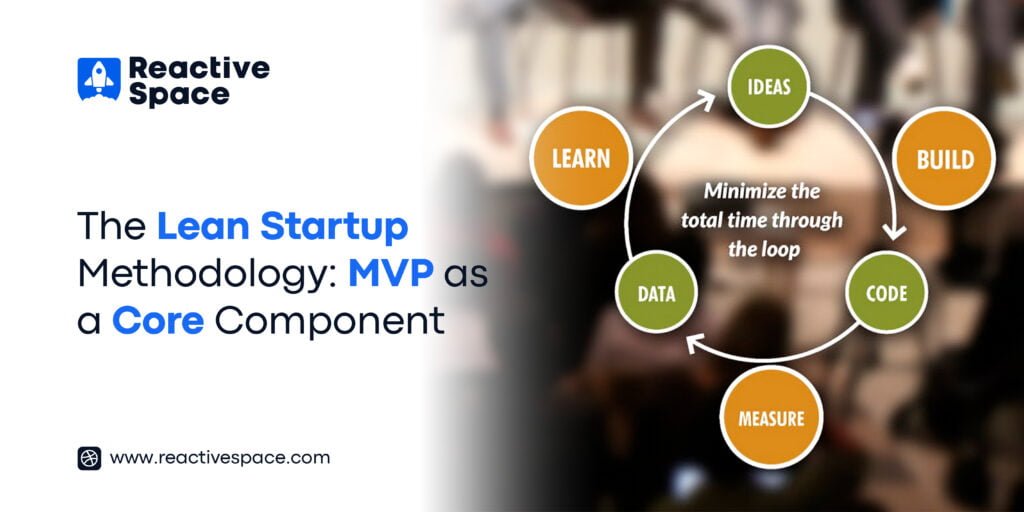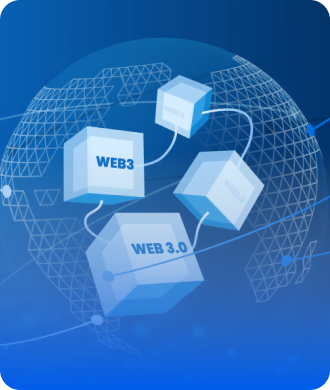
A new methodology has been introduced in years that can make the process of starting a company less risky. It is called the “lean startup” methodology, and it requires experimentation, customer feedback, and iterative design over the traditional approaches. The term “lean startup” was first introduced by “Eric Ries” in his book The Lean Startup in 2011. This methodology is a framework that startups can use to test and grow their businesses. For startups to be lean, they must remove unnecessary parts from their product to save as many resources as they can.
Main characteristics of a lean startup:
- Allows you to develop a product based on the market needs.
- Uses verify learning to determine customer interest.
- Focuses on product popularity and lifetime customer value.
- Starts out with a minimum viable product to assess the reaction that customers have to the product.
- Allows Experimentation to test out the product.
What is the core component?
A Minimum Viable Product (MVP) is a core component of the Lean Startup methodology. It is a product development approach that focuses on iteration, customer feedback, and continuous improvement. An MVP is a product or service with basic features to satisfy early customers and provide feedback for future development.
Role of MVP in Lean Startup:
MVP serves as a base of the Lean Startup methodology, helping startups to design their ideas with less resources and investment. Instead of building a fully featured product, entrepreneurs develop a basic version with core features that address the main needs of early users. This allows them to test the market, gather feedback, and make informed decisions about future development efforts.
The startup will also use the “Five Whys” development method, asking simple questions to study and solve problems quickly. When this process of learning is done correctly, it will be clear whether the company is on the business model or not. If not, it is a sign that it is time to make the new structure to test new fundamentals of the product.
Develop an MVP in Lean startups:
Developing a minimum viable product is a critical step for startups to execute their business ideas with less risk. By focusing on the main features to address core user needs, startups can efficiently allocate resources and speed up their time to market. The first step is figuring out the problem that needs to be solved and then developing a minimum viable product (MVP) to begin the process of learning. Once the MVP is established, a startup can start working. This will involve measurement and learning and include metrics that can demonstrate cause and effect questions.
MVP Lean startup VS. Traditional startups:
The Lean Startup method is different from traditional startup approaches in keyways. Traditional startups often invest heavily on upfront to create fully featured products, Lean startups take a leaner, iterative approach. They focus on building Minimum Viable Products (MVPs) with essential features to test ideas and gather feedback from users. This allows them to confirm ideas with less investment, based on user insights, and reduce risks. Lean startups also focus on ongoing customer engagement to refine and improve their products. By prioritizing speed and efficient resource use, they can adapt quickly and increase their chances of success in the competitive startup world.
Benefits of Lean Startup:
A Lean Startup Plan is a strategic approach to building and launching a startup. It provides us with many benefits some are given below:
- Speed the market:
With a Lean Startup approach, you don’t have to wait years to see your project come to fruition. In just six months, you can enter the market, generate your ideas, and if needed, adjust it according to your product need or service. This methodology quickens the development process, enabling you to respond faster to changing market conditions and stay ahead of the competition. - Cost Efficiency:
You invest on core features that are needed for the present market, eliminating unusual features. The decision to incorporate additional appealing features isn’t within the scope of the MVP. The typical cost for MVP design and development depends on complexity. - Adaptability:
The ability to pin easily is a result of not dedicating significant time to crafting a detailed business plan. This flexibility enables entrepreneurs to quickly change course if their initial ideas turn out to be less feasible, reducing wasted resources and enabling a nimble response to market input.
Conclusion:
The Lean Startup methodology, with MVP development at its core, Changes the startup landscape by reducing risk and maximizing efficiency. By highlighting experimentation, customer feedback, and iterative design, it enables startups to enhance their ideas effectively. Eric Ries introduces this approach to understand the importance of developing a Minimum Viable Product (MVP) to verify ideas and maintain resources. The MVP serves as a foundation, allowing startups to gather feedback, test the market, and make informed decisions about future development efforts. By prioritizing speed, customer feedback, and efficient resource allocation, Lean startups outperform traditional approaches, offering accelerated time to market, cost efficiency, and adaptability. Embracing the Lean Startup methodology and leveraging MVPs empower startups to navigate uncertainties, refine products, and increase chances of long-term success.



